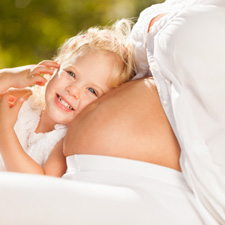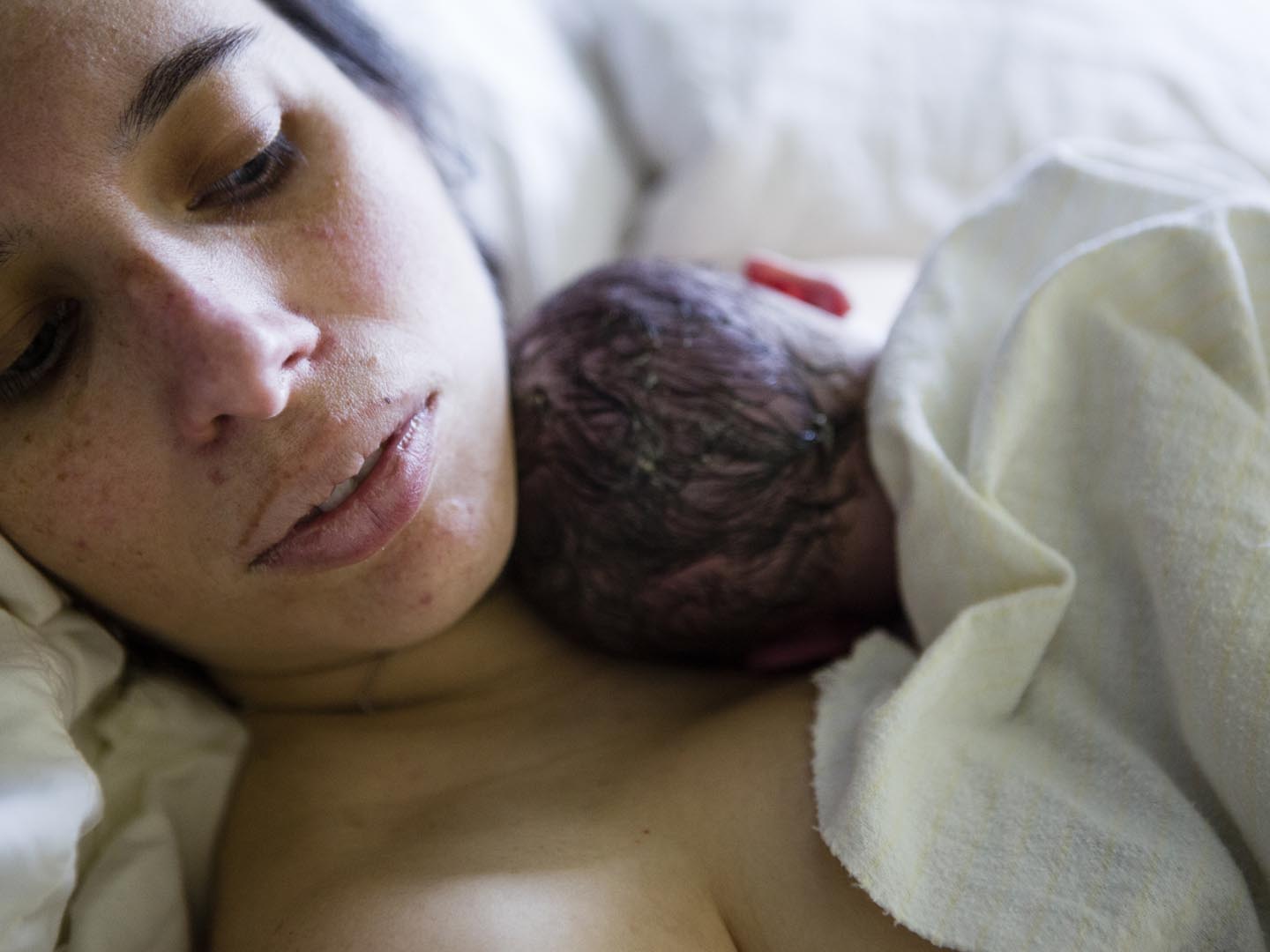How Long Should You Wait Between Babies?
A friend was talking about pregnancy spacing and said she plans to have her children one right after the other. Is this safe or is it better to rest between children?
Andrew Weil, M.D. | October 2, 2014

There’s no hard-and-fast rule about how long to wait after the birth of one child until conceiving again, although risks encountered during pregnancy are lowest when pregnancies are spaced two to four years apart.
I discussed your question with Tieraona Low Dog, M.D., an internationally recognized expert in the fields of integrative medicine, dietary supplements and women’s health, and an authority on botanical medicine. Dr. Low Dog notes that having children less than a year apart can put added physical strain on the mother. She adds that pregnancies less than 12 to 18 months apart can result in premature labor, smaller babies, and an increased risk of uterine rupture, requiring an emergency Cesarean section.
The latest study on this subject found that mothers with shorter "birth spacing" – that is, less than a year – were more likely to give birth prematurely and less likely to deliver after the normal 40 weeks of pregnancy. The researchers reviewed 454,716 birth records from the archives of the Ohio Department of Health on women who had given birth at least twice over a six-year period. Another risk seen with closely spaced children is increased incidence of autism in the second child.
On the other hand, waiting too long before a second pregnancy – five years or more – presents the risk of preeclampsia, high blood pressure induced by pregnancy. If not recognized and treated promptly, this condition can progress to eclampsia, convulsions that can lead to coma and can be life-threatening for both mother and child.
Dr. Low Dog also notes that statistics on pregnancy spacing are difficult to interpret because they reflect studies from many countries, including those where women are malnourished and have many children. In addition, advancing maternal age also increases some of the risks.
As noted above, another potential problem seen with closely spaced children is uterine rupture, especially in women who choose vaginal birth within 18 months after having had a child by Cesarean section. In addition, closely spaced pregnancies simply may not give the mother enough time to recover from the physical stress of the first one. Caring for one child while bearing another presents further problems, as both pregnancy and breastfeeding can deplete stores of nutrients including iron and folate. Women who get pregnant again before replacing those nutrients could compromise their own health and that of their babies.
Andrew Weil, M.D.
Source:
Emily De Franco, et al "Influence of interpregnancy interval on birth timing," BJOG: An International Journal of Obstetrics & Gynaecology, DOI: 10.1111/1471-0528.12891









